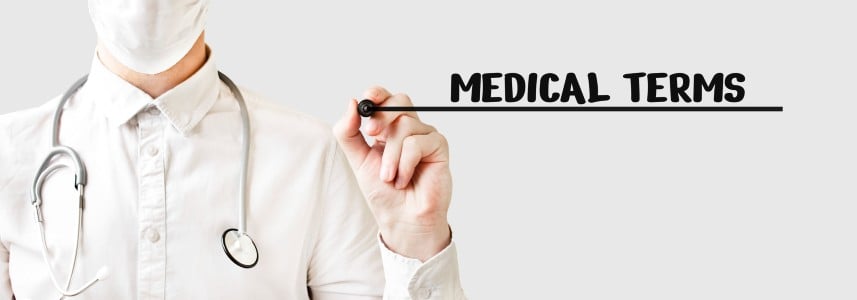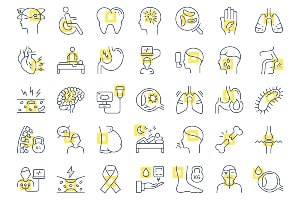About Oximetry

Learn about the disease, illness and/or condition Oximetry including: symptoms, causes, treatments, contraindications and conditions at ClusterMed.info.
Oximetry

| Oximetry |
|---|
Oximetry InformationAre there other types of oximetry?Yes. Oximetry can also be done on blood that is within the heart (intracardiac oximetry) or on whole blood that has been removed from the body. More recently, using a similar technology to oximetry, carbon dioxide levels can be measured at the skin as well. How common are oximeters?Oximeters are now a virtual fixture in intensive care units, pulmonary units and elsewhere in hospitals and health care facilities. How does a pulse oximeter function?A pulse oximeter works by passing a beam of red and infrared light through a pulsating capillary bed. The ratio of red to infrared blood light transmitted gives a measure of the oxygen saturation of the blood. The oximeter works on the principle that the oxygenated blood is a brighter color of red than the deoxygenated blood, which is more blue-purple. First, the oximeter measures the sum of the intensity of both shades of red, representing the fractions of the blood with and without oxygen. The oximeter detects the pulse, and then subtracts the intensity of color detected when the pulse is absent. The remaining intensity of color represents only the oxygenated red blood. This is displayed on the electronic screen as a percentage of oxygen saturation in the blood. How is oximetry done?This is done using an oximeter, a photoelectric device specially designed for this purpose. A reusable probe can be placed on the finger or a single use tape probe is placed on the earlobe or finger. What are pulse oximeters?The oximeters most commonly used today are called pulse oximeters because they respond only to pulsations, such as those in pulsating capillaries of the area tested. What is oximetry?Oximetry is a procedure for measuring the concentration of oxygen in the blood. The test is used in the evaluation of various medical conditions that affect the function of the heart and lungs. |
More Diseases
A | B | C | D | E | F | G | H | I | J | K | L | M | N | O | P | Q | R | S | T | U | V | W | X | Y | Z
Diseases & Illnesses Definitions Of The Day
- Noncancerous Colloid Thyroid Nodule (Thyroid Nodules) ‐ How are thyroid nodules diagnosed?, Introduction to thyroid nodules …
- Skin, Laser Resurfacing (Laser Resurfacing) ‐ CO2 Laser Resurfacing, Complications of Laser Skin Resurfacing …
- Malignant Fibrous Histiocytoma (Bone Cancer Overview) ‐ Are there any treatments or medications that relieve bone cancer pain? …
- Double Vision ‐ Is it possible to prevent double vision?, What are the symptoms and signs of double vision? …
- Ageusia (Taste Disorders) ‐ Are taste disorders serious?, Can taste disorders be treated? …
- Autism Screening and Diagnosis ‐
- Alpha-fetoprotein Blood Test ‐ In which situations are high blood (serum) levels of AFP used as a tumor marker? …
- Polymyalgia Rheumatica ‐ How do health care professionals make a diagnosis of polymyalgia rheumatica? …
- Stump Appendicitis (Appendicitis) ‐ Appendicitis definition and facts, Are there long-term consequences of appendectomy? …
- Gonorrhea (Gonorrhea In Women) ‐ Gonorrhea facts, How is gonorrhea diagnosed?, What are sexually transmitted diseases (STDs)? …